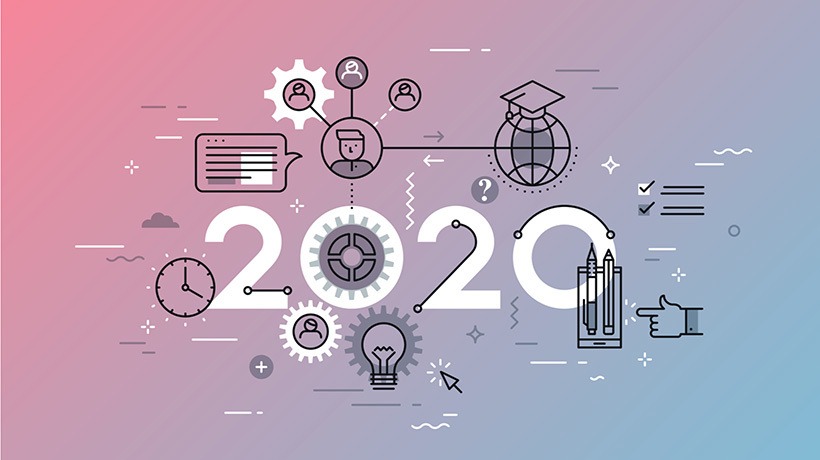
We’re at the cusp of a brand new decade…and that heralds new technologies, amazing opportunities and great new advancements in the world of e-learning. We’ve compiled all the trends to watch out for so that you know what’s going to impact the industry this year!
Here’s a tiny peek into what e-learning has in store.
Relevant Learning Content
Content is at the core of the e-learning industry. There’s a lot of amazing content out there, and the hardest part often is curating the materials and resources available so that it’s most appropriate for each learner.
With tech advancements happening at warp speed, content is sometimes outdated almost as soon as it’s launched! Keeping it fresh and relevant appears to be a major struggle for most organizations.
It is expected that there will be tools available to ensure that the most up-to-date content is made available to learners. Social learning tools will be available that empower Subject Matter Experts (SMEs) to produce and share their content on online learning platforms. Content curation tools will help to map, curate and produce catalogs for individual learning needs.
Engaging Learning Experience
Keeping the learner engaged is always a challenge for those who create learning programs. To do this, learners must be given the best possible user experience, and creative and innovative solutions are needed toward this end.
A higher degree of personalization is possible by leveraging various approaches that use platforms powered with Artificial Intelligence. Personal assessments and training coaches will support learners on an individual basis, and digital mentors can suggest learning pathways that are most suited to their skill set and future goals. Learners will be able to decide what their skill training should look like in order to get the most rewarding careers for the digital age.
Traditional classrooms will be replaced by virtual interactive classrooms, and mobile learning will set new trends that make learning on the go accessible to everyone. Augmented reality and Virtual reality will play a more innovative role in L&D of the future.
Experts strongly suggest a growing need for a more enhanced corporate commitment to the value of learning. Teams must be empowered through common learning programs to ensure that everyone is on the same page, aligned to the same goals. By attempting to modernize the company’s learning environment to create personalized employee career paths, individuals can be encouraged to give their best to the company.
Adopting Learning Automation
Automation in skills analysis helps learners to identify their strengths and interests and allows intelligent Learning Platforms to give them content that is related to the skills they want to grow. Upskilling and reskilling the workforce in line with the careers that they are most suited for this becomes possible through learning automation.
Creating Learning Impact
The most important metric for assessment of learning programs is the impact that is created on individuals and businesses. The knowledge and skills that learners acquire must be something that is relevant to and can be immediately applied on the job.
Organizations are looking for employees who have progressive knowledge, and they tend to base their hiring choices on the learning opportunities that candidates have been exposed to.
As businesses are becoming more aware of the need to upskill, reskill, hire and retain top talent, learning evaluation tools will become more critical to the hiring process. Learning should have specific goals that are closely aligned with organizational objectives.
In 2020, we are on the brink of a new e-learning era, and it is believed that the trends set to impact us in the coming decade will enhance the learning and development sector and increase the effectiveness of learning programs.